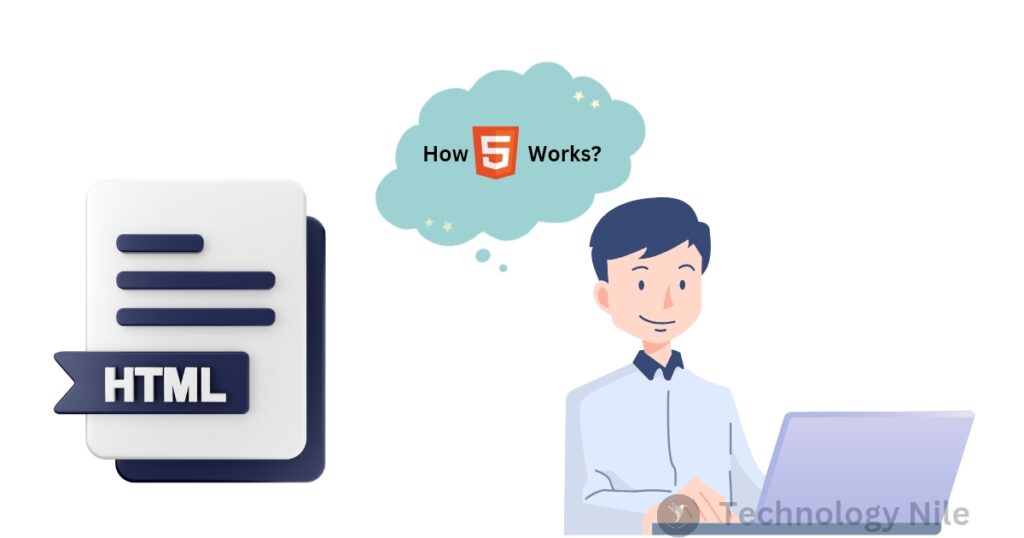
HTML, or Hypertext Markup Language, is the foundation of every website you visit.
It’s not really a programming language, but rather a markup language that describes the structure and content of a web page. Think of your website as a house. HTML is like the bricks and mortar that form the walls, ceiling, and floor. You wouldn’t have a house without them.right?
Elements: The basic building blocks of HTML are elements, represented by tags like <p>, <h1>, and <img>. These tags define different types of content, such as paragraphs, headings, and images.
Attributes: Each element can have attributes that provide additional information, like href for a link’s destination or src for an image’s source.
key features
- HTML allows you to format text with bold, italics, headings, lists, and more.
- Links : HTML allows create links to other web pages or sections within the same page.
- Forms: HTML allows to create forms for user input and data collection.
- You can embed images, videos, and audio files.
Benefits of learning HTML
Understanding HTML empowers you to create basic websites, customize existing ones, and appreciate the inner workings of the web.
Different versions of HTML : The latest version is HTML5, which offers more features and flexibility than earlier versions of html.
HTML lays the foundation, CSS (Cascading Style Sheets) adds style and design, and JavaScript brings function, interactivity and dynamic elements.